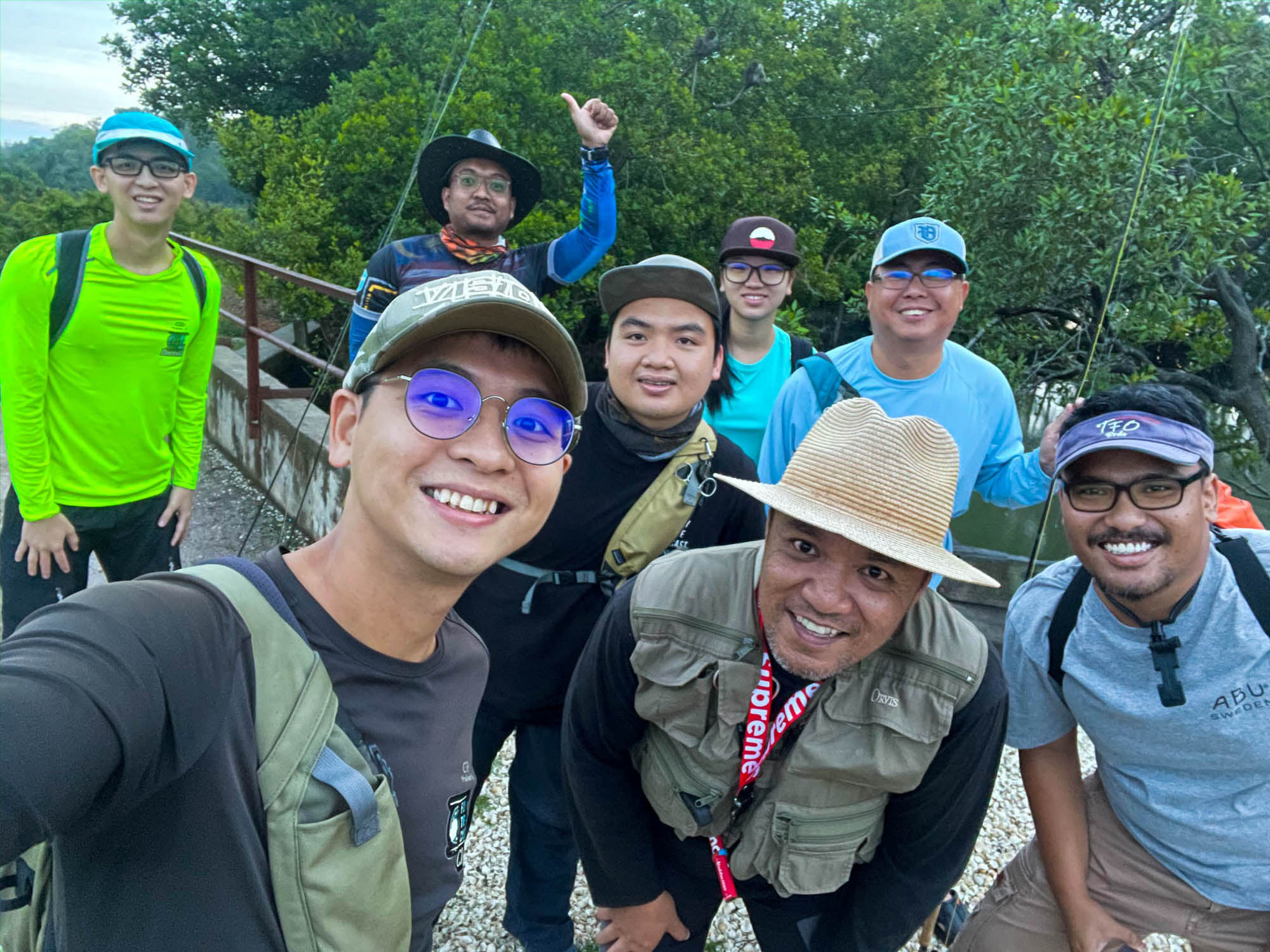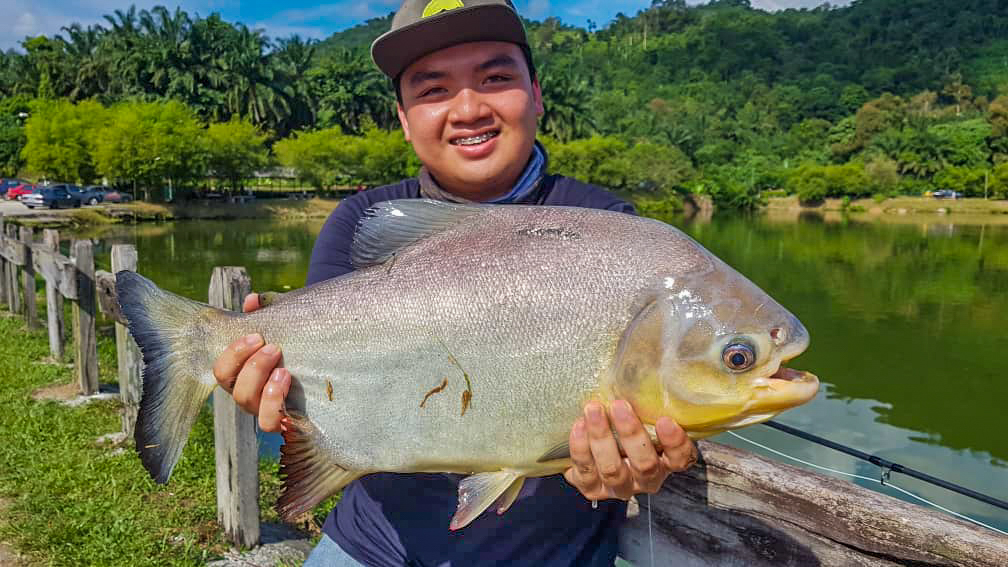Better Late than Never – Late open season sail in Rompin
Late open season sail in Rompin Brandon Ho FFI CCI Two dark shadows followed the teasers, one on each side of the boat. Among the bubble trails, a bill suddenly appeared and slashed at the teasers. The other shadow swam closer to inspect the teaser while the teaser was being reeled closer to the boat. The dark silhouettes followed the teaser closer and now it was clear, with its large dorsal fin fully opened to display the dark blue colour with deep purple hue. The two sails attacked the teaser, each jostling to get a better position to attack the teasers. As the teaser was lifted out of the water, a large pink tube fly was cast into the place. One of the sail rushed towards the fly and engulfed it. This is the crucial moment. Would the sail spit it out or will it turn and swim away? After a moment of hesitation, the sail turned and swam away. This is the perfect time to strike!! Holding the line tight and the rod pointing towards the sail, the line was pulled backwards, ensuring the single Ahrex SA270 Bluewater # 5/0 penetrated the hard bony mouth of the fish. A magnificent sail jumped out of the water 20 plus feet away from the transom. A perfect hookup!! After the initial jump, the fish remained deep. It was not doing its normal acrobatic or blistering run. It just slowly pulled line out, as if oblivious to the fact that it was hooked. After a few moments of confusion, the reel screamed and the line evaporating from the Meriosoula wt12 reel. The sound of the whizzing reel filled the air and yet the sail showed no sign of slowing down. Then in the distance, the sail did its signature tail walk across the surface of the water some 150 feet away. The speed of the fish was incredible. The rod was pointing one direction while the fish jumped at a 90 degrees angle. Simply amazing!! The fish ended doing 3 blistering runs with numerous acrobatic displays before deciding to take a rest. This was the opportunity to regain the line. With 350 metres of 50lb backing and a maximum drag of 8kg, the Merisoula reel is the right reel for the job. There is no heroism in using a lighter set up to fight the fish to the verge of death. Finally after 28 minutes of intense fight, the sail was coaxed to the side of the boat and James reached out and got hold of the leader. Mission accomplished!! The sail was released boat side after several close up shots. The fish was released after a few minutes of holding the bill to keep the fish upright with the boat moving forward slowly. Once the fish regained its strength, it was a gently released. The greatest feeling is to see the sailfish swimming away gracefully after being released. I made the unforgiveable mistake of hauling my first ever sailfish onto the boat for a photo. My eagerness for a trophy shot clouded my better judgement and that guilt and shame has stayed with me for one whole year till I was given the chance to have another encounter with another sail. I vowed never to lift another billfish out of the water for my personal gain ever. As much as I want to take credit for the success capture and release of the sail, it was not the case. The whole team worked selflessly to help me fulfil my dream. To make this a reality, a team of 4 people has to work like a well-oiled machine to ensure the safe catch and release of the fish while fully documenting the process in film and photo. Credit goes to Capt Steven Chong, Teaserman, James and Clevin, photography and videography, Nic and Clevin. You guys are the best!! ~More Gallery Click Here~










